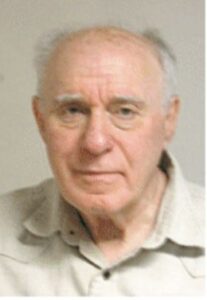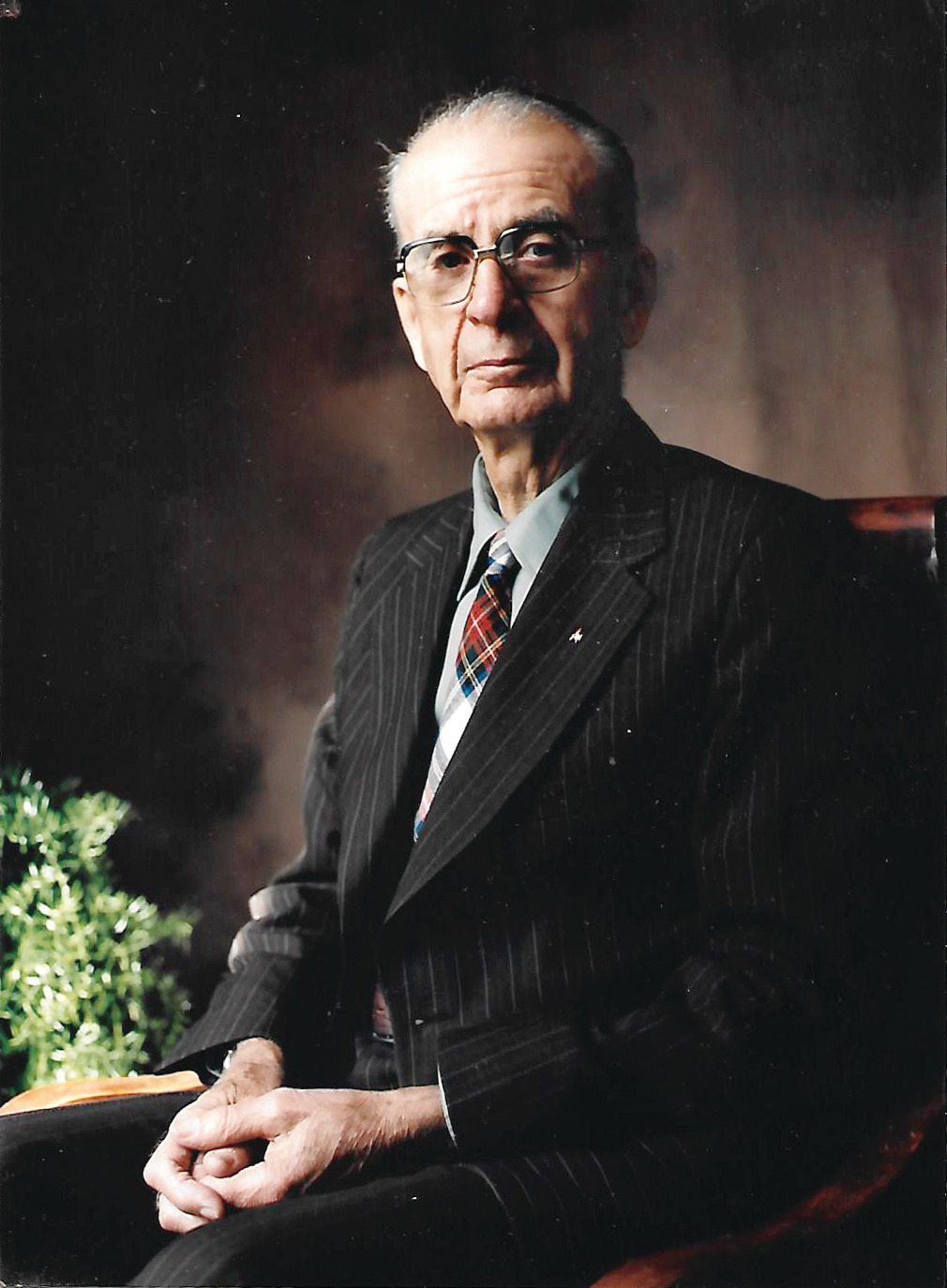
Myron Love
"Bill’s own conclusion after a lifetime of studying his region was that the Turtle Mountain area never belonged to any one tribe."
I have long had a fascination with Archaeology. The field work however wasn’t for me. I remember in third year university, as part of an anthropology course I was taking, we – the students - were required to spend an afternoon in a wet, muddy field searching for artifacts – an experience I was not eager to repeat.
I do though enjoy reading about archaeological research – including those whose theories may differ from the mainstream – and writing about the subject.
One of my early stories for the Free Press was a dive into the pre-history of the junction of the Red and Assiniboine Rivers.
And then there was Bill Moncur.

The southwestern Manitoba farmer was one of a kind. He was a throwback to the amateur archaeologists of old – and had definite ideas about the early people s of southwestern Manitoba’s Turtle Mountain Region.
If I recall correctly, I travelled out to Boissevain – which is about 300km southwest of Winnipeg –a couple of times in the second half of the 1980s to interview Bill – who was already in his 70s. Although I no longer remember where I published the stories, it was probably in the Winnipeg Sun as I wasn’t writing for the FP during that period.
Bill was born on the family farm north of Boissevain in 1910. As he told me in the interview I did with him in 1989, he remembered as a youngster sitting around at harvest time listening to the old timers talking about the old Indian trails linking the villages along the Missouri River to the Hudson’s Bay Company post in Fort Brandon.
By the age of 10, he was mapping out simple trails himself. In his teens, he was mapping out trails for the local municipality. His interest in trails, he said, led to his interest in projectile points (otherwise known as arrow heads).
Bill found his first arrowhead – a Scottsbluff model dating back 8,000 or 9.000 years – in 1924 and never looked back. During the ‘20s and ‘30s, he became a familiar figure in the Turtle Mountain area searching for signs of prehistoric life.
During the week, he helped on the family farm, saving his collecting for Sundays. As people came to know about his hobby, he recalled, others began giving him artifacts that they found.
In 1970, he was forced to give up his lifelong avocation temporarily when the position of administrator of the Manitoba Agricultural Museum in Austin, a six-month appointment that extended to nine years.
On his return to the farm, he recounted, he met Patrick Carmichael, an archaeologist for the provincial Department of Cultural Affairs, who was scouting the area for old campsites and other evidence of Native life. Carmichael began the task of cataloguing and classifying Bill’s collection of over 2,000 spear heads and arrows, stone tools, shells traded up from the Gulf Coast and objects whose functions were not yet known.
The oldest items dated back 10,000 years.
Bill’s collection has been described as one of the finest records of the history of Manitoba’s Turtle Mountain region.
Bill’s own conclusion after a lifetime of studying his region was that the Turtle Mountain area never belonged to any one tribe. He attributed that situation to the presence of the Mandan People to the south whose strength was greatly respected.
A number of native groups did hunt in the area though, he added. “The Turtle Mountain region had the best hunting grounds on the prairies,” he said.
With advancing years, Bill became concerned about the future of his collection. In keeping with his belief that his findings belonged to the community, he turned down an invitation to donate his collection to the University of Brandon and helped create the Moncur Gallery of Prehistory which opened in Boissevain in 1986.
The museum, which has been described by leading Manitoba archaeologist Leigh Syms (currently Manitoba Museum Curator Emeritus, Department of Archaeology) as “one of the best rural museums in western Canada”.
The museum, which provides an overview of the daily life of the earlier peoples of the region as well as a mini dig pit, buffalo skeleton, and rare mammoth fossil display, is open from the May long weekend to the September long weekend.
As Bill was also passionate about wildlife preservation, in August 1994, he donated 160 acres of his farmland to the Manitoba Wildlife Federation Habitat Foundation “to re-establish the flora and fauna that flourished there in earlier times”.
Bill was much honoured in for his leadership role in his community and his archaeological research. In that category, I am sure that this humble individual greatly appreciated his “adoption” in 1942 by the Mandan people with the title of “Pipe Carrier”, as well as his recognition in 1987 by the Manitoba Archaeological Society with the Vickers-Hlady Award as the “pioneer archeologist of southwestern Manitoba” for helping to raise awareness of archaeology in Manitoba.
Bill Moncur passed away in 2001.

